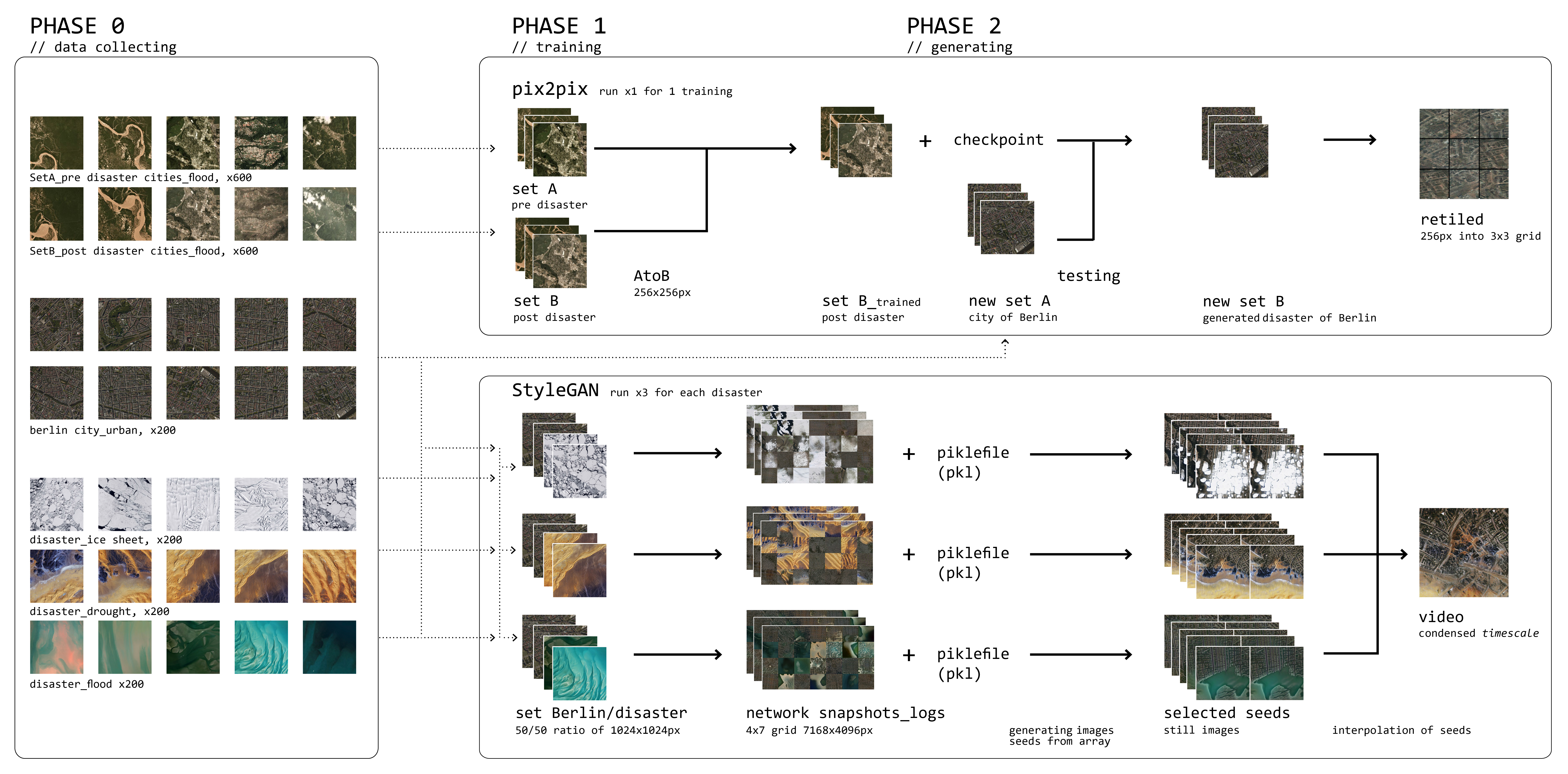Overview
Machine Learning Seminar
StyleGAN Generated Design for Architects, Machine Learning, Speculative Landscape and Urban Design, Proto-Urban Architecture
Collaborator
Arwed Mohrmann
Anthropogenic Destruction:
Re-sensitization of Climate Perspective with ML

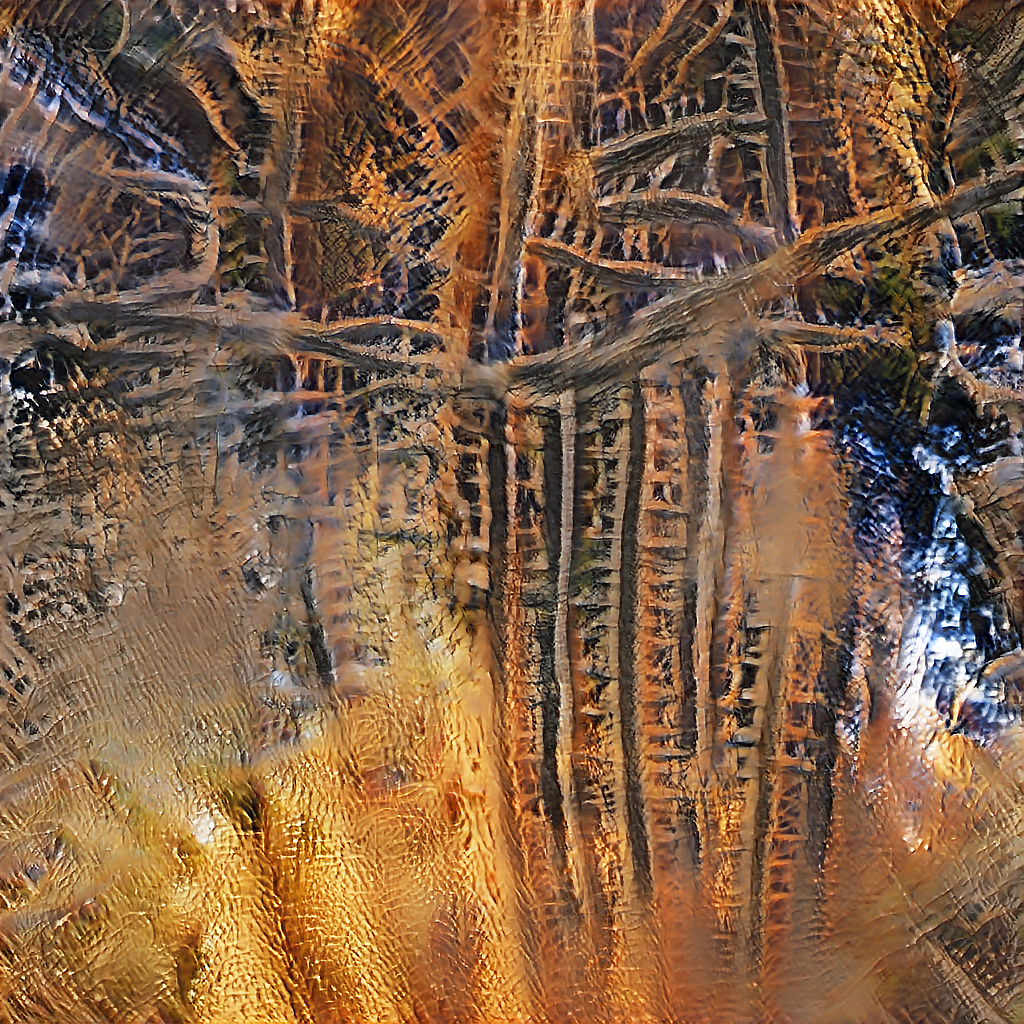


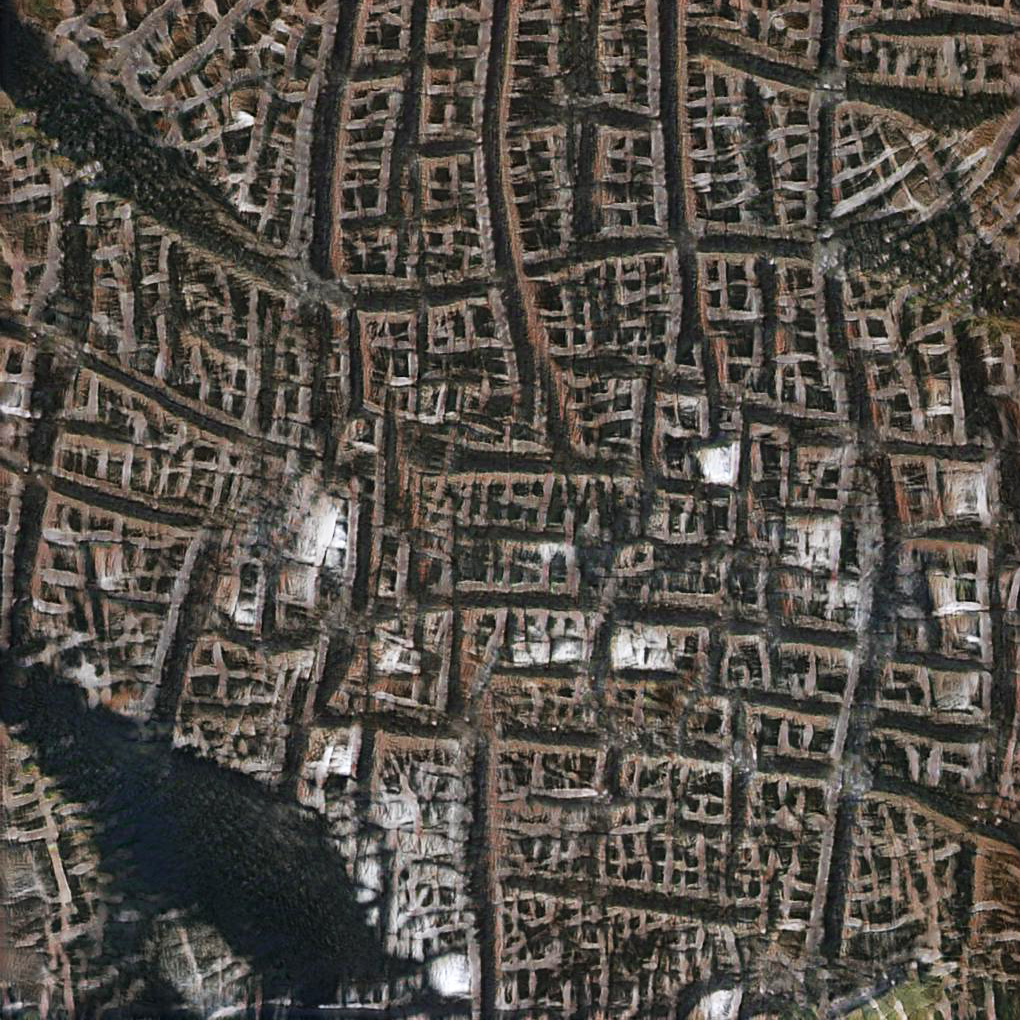


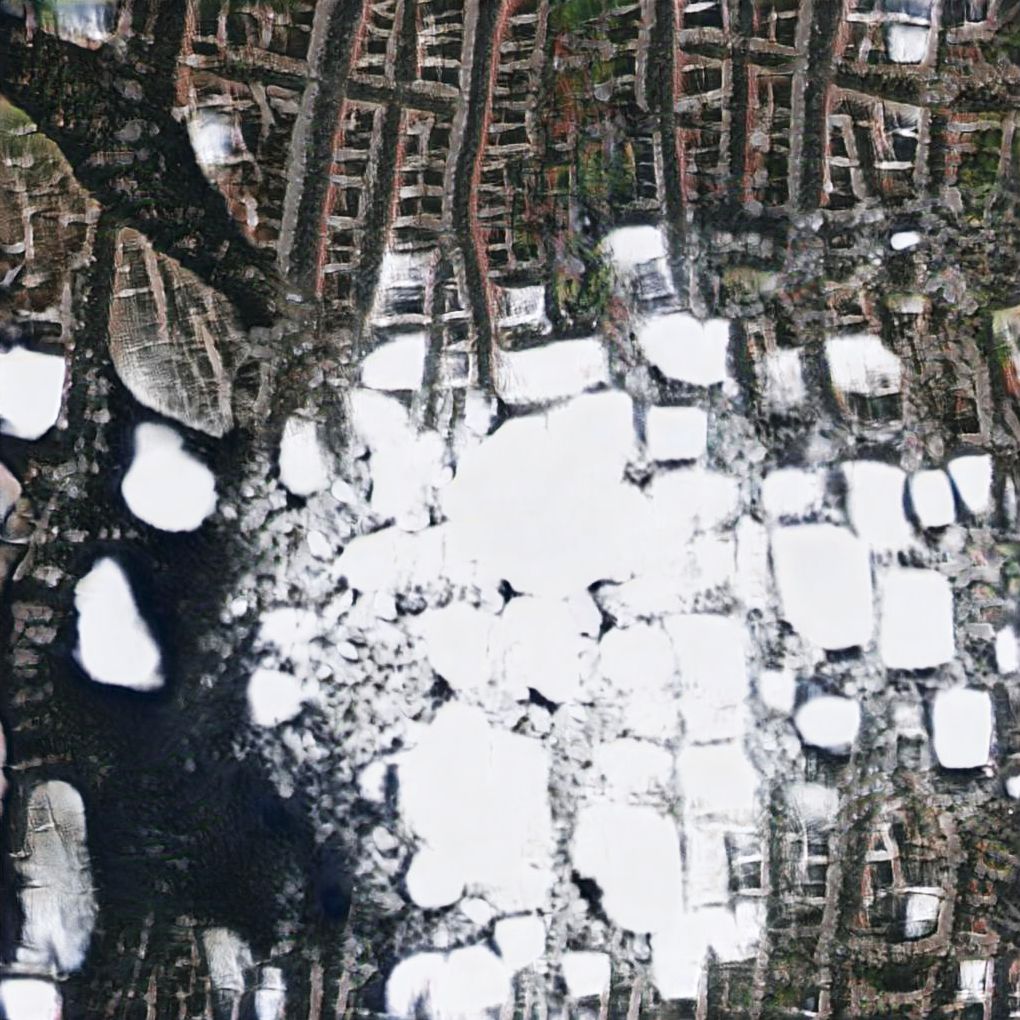
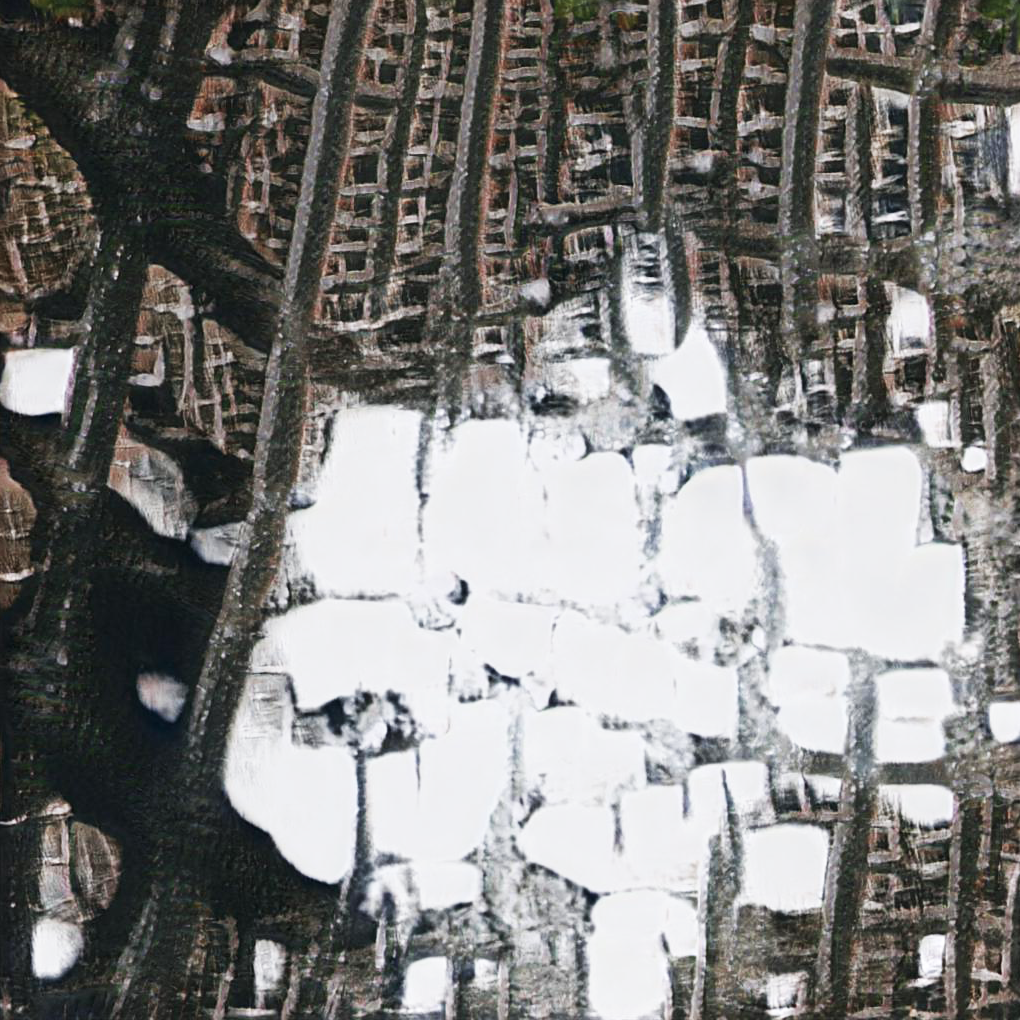


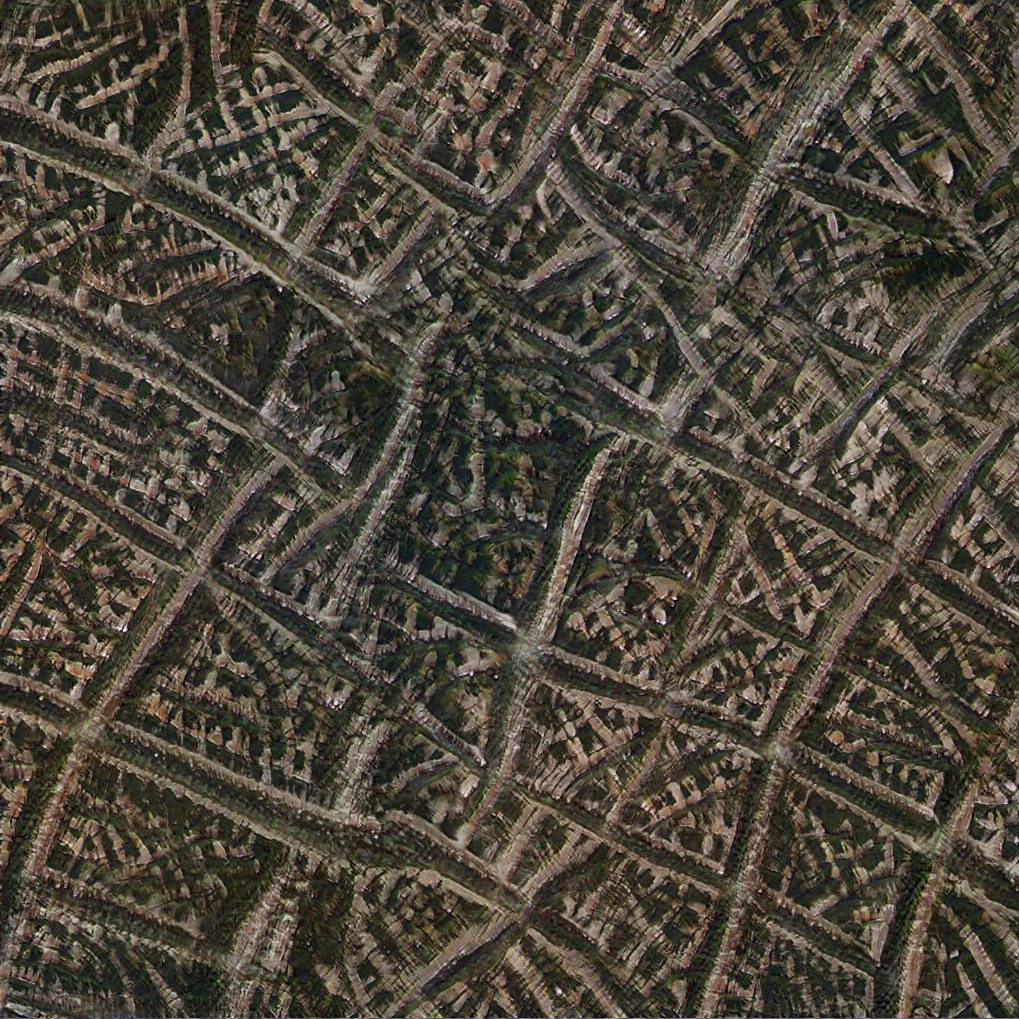






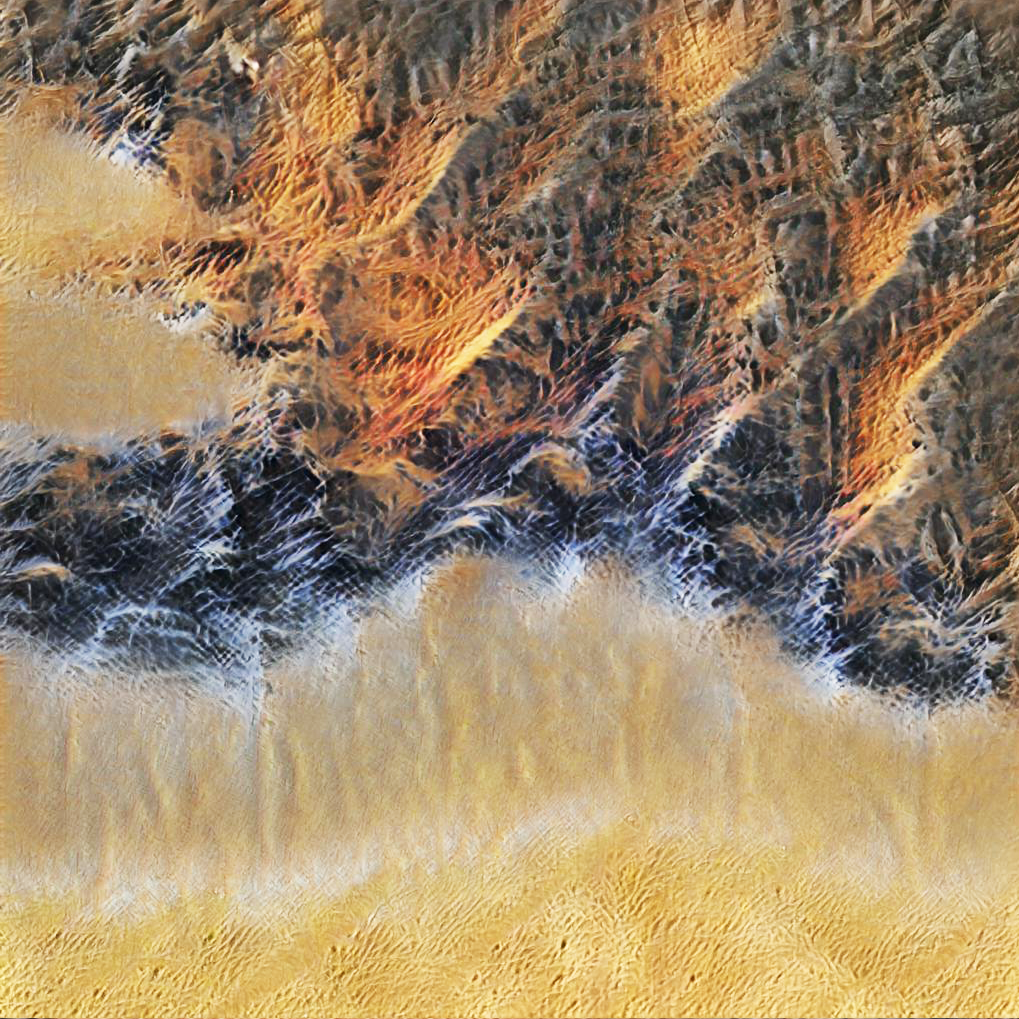




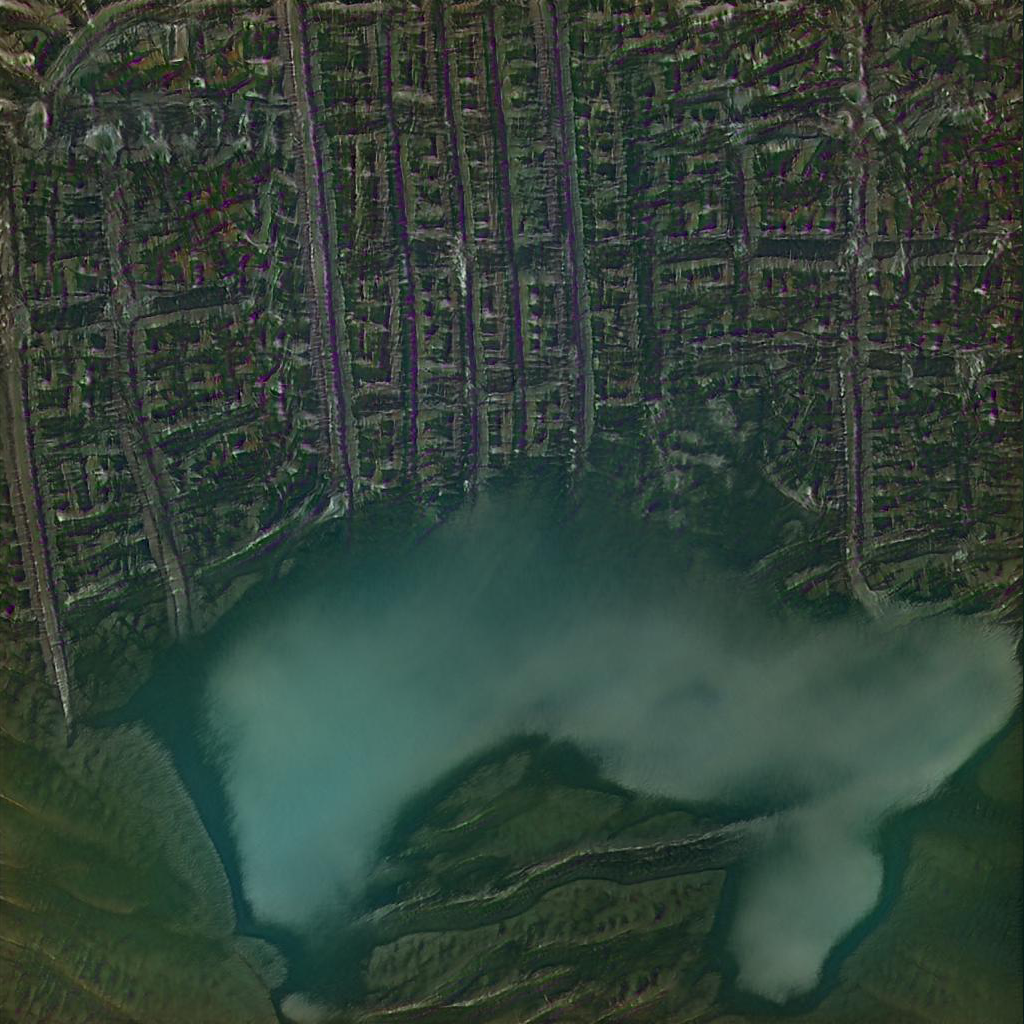
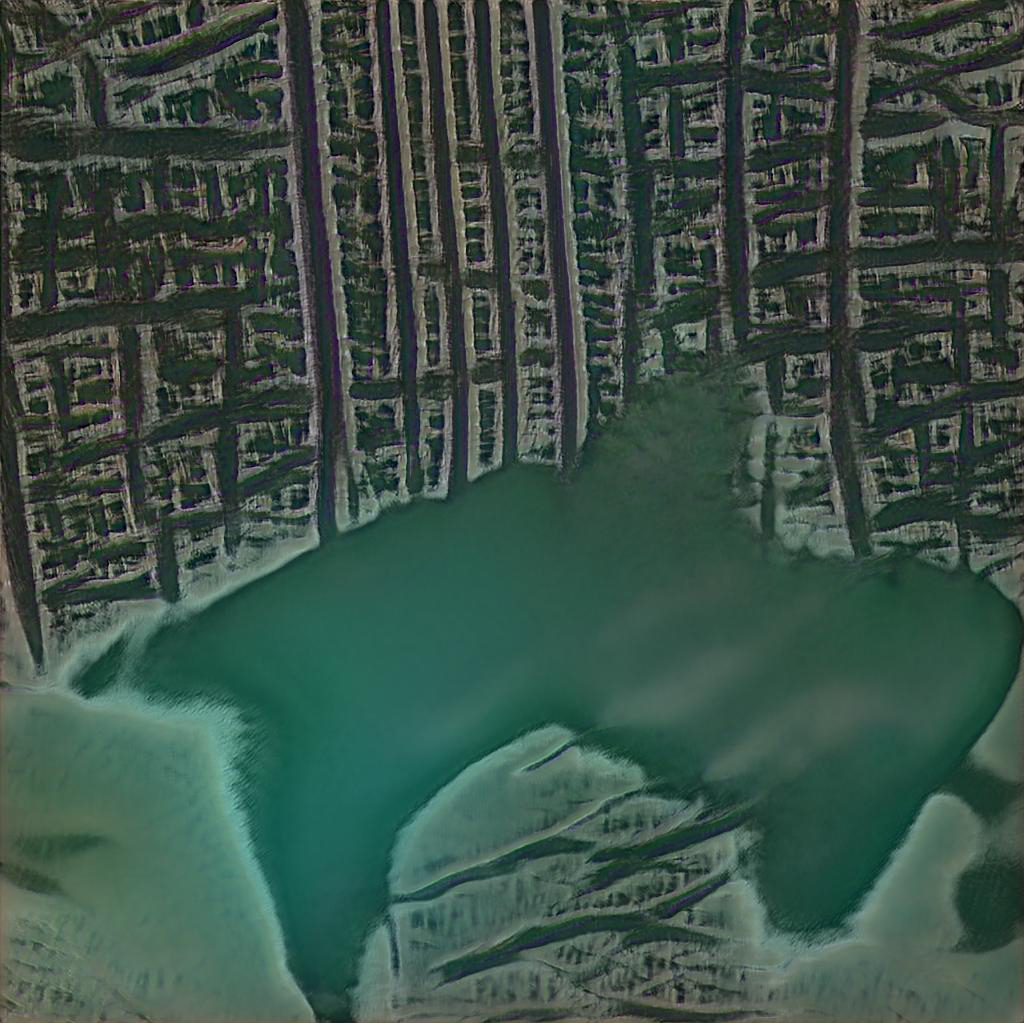

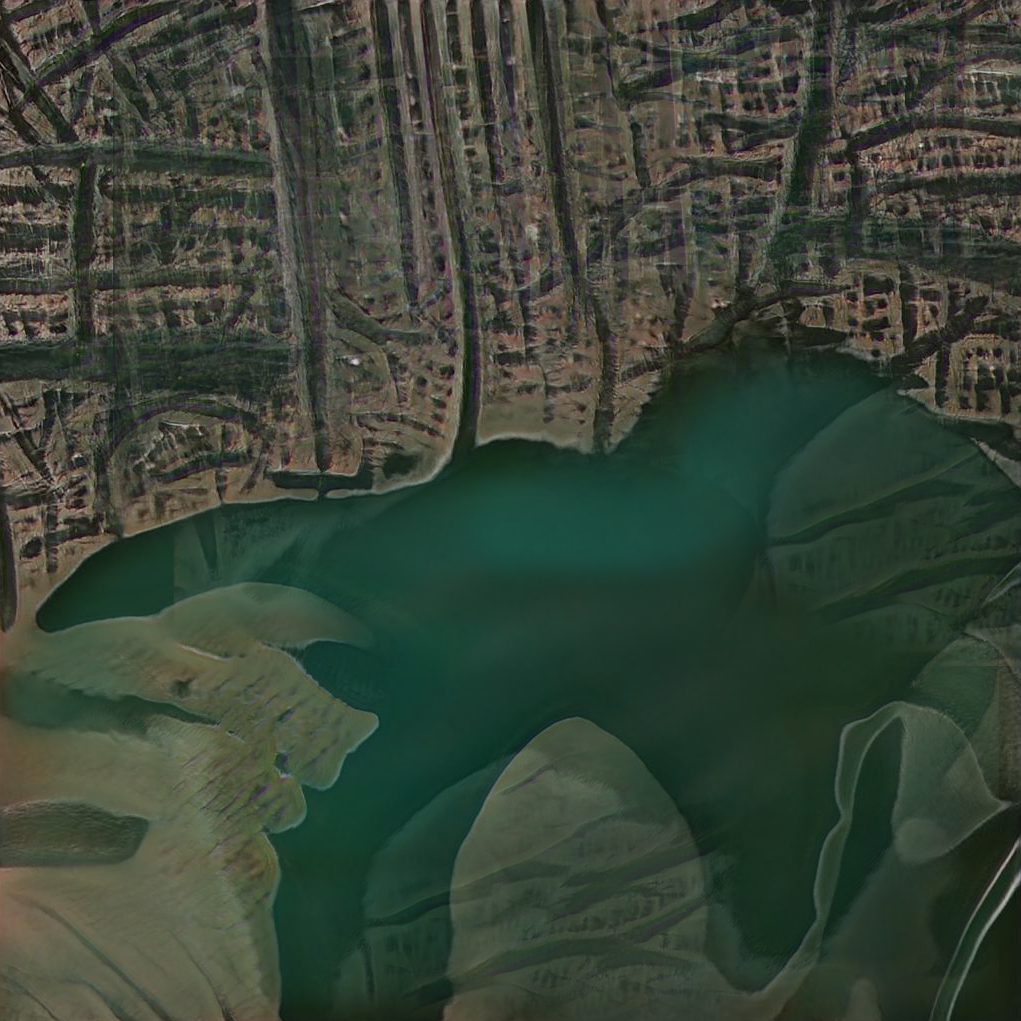
“Growing up, I felt the Weltschmerz in far away places ravaged by floods and tsunamis. I kept seeing the same images, hearing the same words, over and over again. Everytime, slightly differently, but the same message stays. After some time, I felt disheartened and stopped paying attention — I feel numb from all the calamities.”
It is critical to recognize the scope of anthropogenic changes and how they affect our relationship with our urban and natural environments. Although some might feel empowered to take actions, others feel helpless. For the latter ones, we want to address this loss of sensitivity, of indifference, and even this aversive sentiment towards disasters due to consistent exposure of that topic — a concept called degradation desensitization.
Our design tool is a sentimental methodology that illustrates large-scale, large-timeline antropogenic changes in a more human and graspable way. We lack the capacity to perceive these large-scale geological and urban transformations on our humanscale. We hear headlines and discourses on climate change; we read reports and empirical data; we analize graphics and projections. But we lack imagination and narratives; we lack the creativity to see and feel what will, could and should happen.
For the We that live a sheltered reality, in a relatively undisturbed urban fabric, the damages surged from natural disasters are difficult to assimilate. Our ML prototype is an attempt to challenge our estranged understanding of urban disruptions, and to re-sensitized our perspective, by generating speculative imagery of post-disaster urban landscapes in our immediate environment (i.e. in urban zones that are not currently endangered).
The resulting satellite images will make apparent the dimensions of the force visible. The distant hovering perspective invites us to pause and decode the intricacy of the altered landscape. By imposing natural disasters in our backyards, we create a fictional context, an illustrated dystopia, that brings uncanny reflexions that we are not necessarily exposed to. But as destruction can be seen as a constant process of phase change the story will have to go on. Many architects have already thought about the future of human kind and envisioned architectures of a better tomorrow.
It is critical to recognize the scope of anthropogenic changes and how they affect our relationship with our urban and natural environments. Although some might feel empowered to take actions, others feel helpless. For the latter ones, we want to address this loss of sensitivity, of indifference, and even this aversive sentiment towards disasters due to consistent exposure of that topic — a concept called degradation desensitization.
Our design tool is a sentimental methodology that illustrates large-scale, large-timeline antropogenic changes in a more human and graspable way. We lack the capacity to perceive these large-scale geological and urban transformations on our humanscale. We hear headlines and discourses on climate change; we read reports and empirical data; we analize graphics and projections. But we lack imagination and narratives; we lack the creativity to see and feel what will, could and should happen.
For the We that live a sheltered reality, in a relatively undisturbed urban fabric, the damages surged from natural disasters are difficult to assimilate. Our ML prototype is an attempt to challenge our estranged understanding of urban disruptions, and to re-sensitized our perspective, by generating speculative imagery of post-disaster urban landscapes in our immediate environment (i.e. in urban zones that are not currently endangered).
The resulting satellite images will make apparent the dimensions of the force visible. The distant hovering perspective invites us to pause and decode the intricacy of the altered landscape. By imposing natural disasters in our backyards, we create a fictional context, an illustrated dystopia, that brings uncanny reflexions that we are not necessarily exposed to. But as destruction can be seen as a constant process of phase change the story will have to go on. Many architects have already thought about the future of human kind and envisioned architectures of a better tomorrow.
